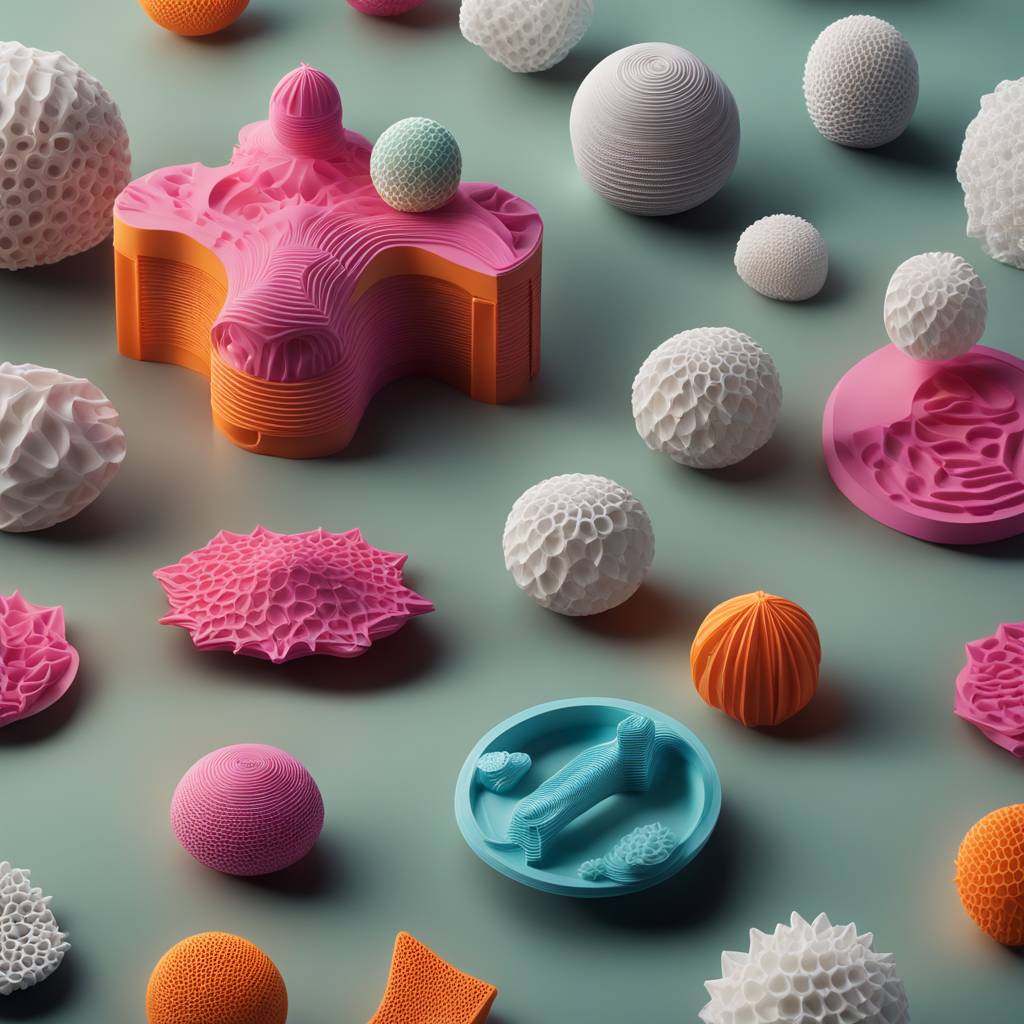University of Florida engineers have developed a new 3D printing method called vapor-induced phase-separation 3D printing, or VIPS-3DP, which has the potential to revolutionize additive manufacturing. This process allows for the creation of single-material as well as multi-material objects in a more economical and sustainable way compared to current technologies. The method involves using special eco-friendly liquids that act as the “ink” for the 3D printer and can include metal or ceramic particles. A non-solvent vapor is released into the printing area, causing the liquid part of the ink to solidify, leaving behind the solid material.
This innovative approach was reported in the journal Nature Communications, highlighting its potential for printing advanced materials, including metals, at a lower cost. The process enables manufacturers to create structures with spatially tunable, multi-scale porosity, meaning they can adjust the porousness of the object by varying printing conditions or the amount of sacrificial material used during the VIPS-3DP process. This flexibility is particularly useful for manufacturing porous medical implants or lightweight aerospace products, where the level of porousness can be tailored to suit specific applications.
Marc Sole-Gras, Ph.D., the first author of the paper and a former graduate student in Yong Huang’s lab, emphasized the potential of VIPS-3DP for creating metallic products that require different levels of porousness, such as in bone tissue engineering. By printing implants with appropriate porous structures, the integration with surrounding human cells is enhanced, leading to improved outcomes for patients. The greener approach of the VIPS-3DP process, utilizing sustainable materials and requiring less energy, makes it a more environmentally friendly option compared to traditional printing methods.
The VIPS-3DP technology, which has been granted two patents, was developed with support from federal agencies, including the National Science Foundation and the Department of Energy. This technology offers a more cost-effective and efficient way for manufacturers to create custom-made objects with varying porosity levels, making it suitable for a wide range of applications in industries such as healthcare and aerospace. The simplicity and affordability of the process make it an attractive option for companies looking to adopt advanced manufacturing techniques while minimizing their environmental impact.
Overall, the development of VIPS-3DP represents a significant advancement in the field of additive manufacturing, providing a versatile method for creating multi-material objects with customizable porous structures. With its potential for creating complex structures with different materials at varied porosity levels, this technology has the potential to drive innovation in various industries and offer new possibilities for designing and manufacturing advanced products. By harnessing the power of eco-friendly materials and sustainable processes, VIPS-3DP paves the way for a more sustainable future in manufacturing.


